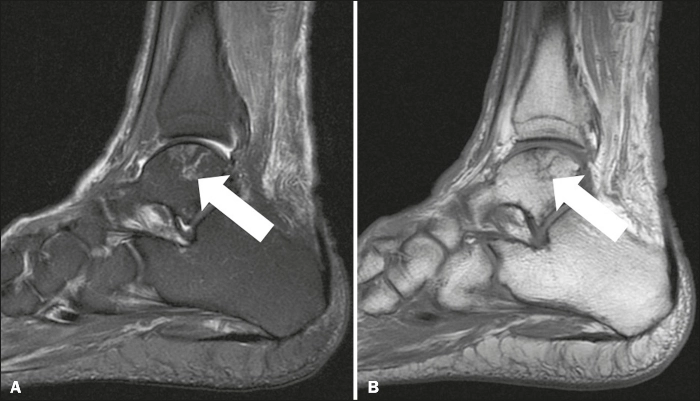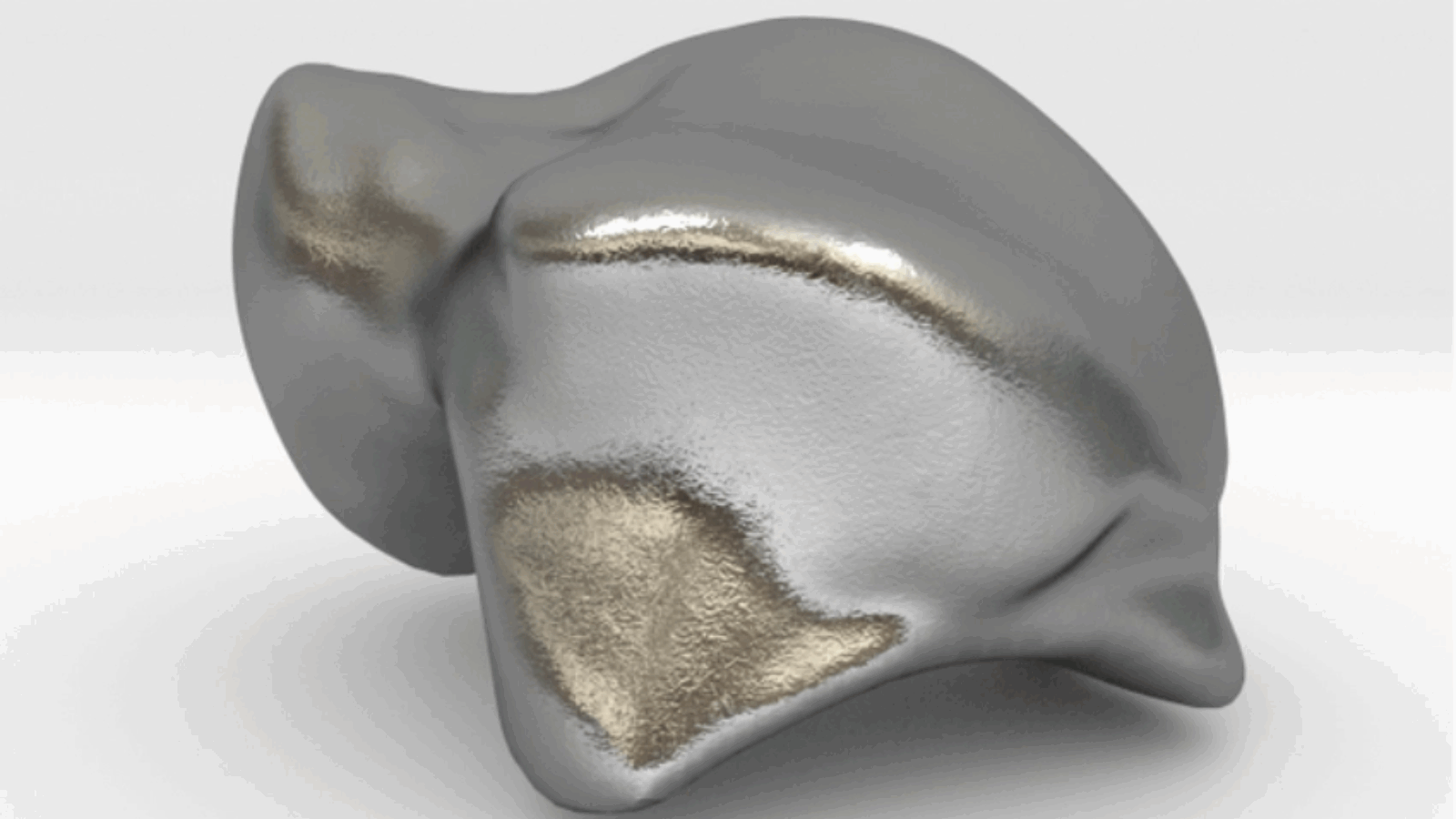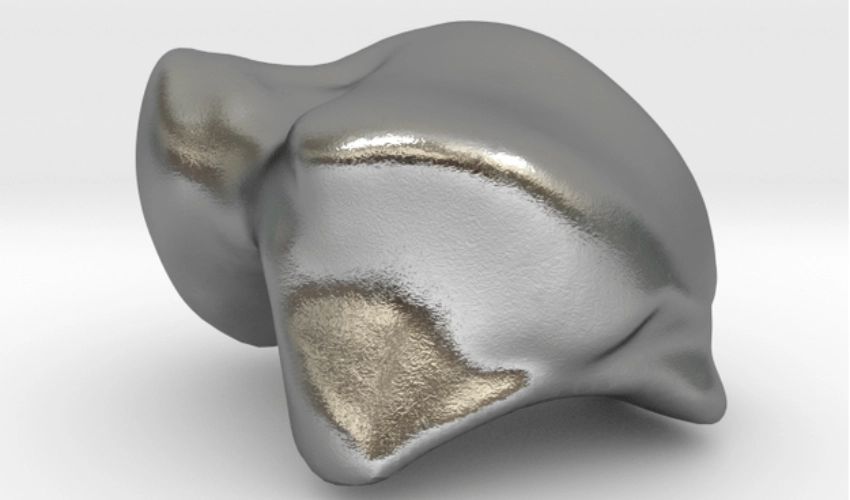The FDA has approved its first 3D printed talus metal implant designed to replace the main bone in the ankle joint connecting the leg to the foot. The agency issued a green light to New Jersey-based Additive Orthopaedics under humanitarian use for the treatment of avascular necrosis, a progressive condition that can lead to the death of bone tissue following a sudden injury that cuts off blood flow, such as a broken bone or dislocation.
The cobalt-chromium alloy implant is custom-made to match each patient’s talus bone using data taken from a CT scan. It’s designed to potentially spare them from other surgical procedures that may fuse ankle and foot bones together and leave the joint fixed in place.
The 3D printed talus implant
“Avascular necrosis of the ankle, while a rare condition, is a serious and potentially debilitating one that causes pain and can lead to inhibited motion of the ankle joint, and in some cases, removal of part of the leg,”

said Capt. Raquel Peat, Ph.D., of the U.S. Public Health Service and director of the FDA’s orthopedic device office.
Manufacturing on Demand
“Today’s action provides patients with a treatment option that could potentially reduce pain, retain range of motion of their joint and improve quality of life,” Peat said.
The agency granted Additive’s talus spacer implant a humanitarian use exemption, offered for devices aimed at conditions that affect fewer than 8,000 people annually.
A clinical trial of 31 patients that received 32 replacement procedures—with one participant having operations on both ankles—found pain decreased over the three years following surgery. Three participants needed additional surgeries during that time, according to the FDA.
The company said it plans to begin the implant’s commercial launch immediately.
* This article is reprinted from 3D Printing Media Network. If you are involved in infringement, please contact us to delete it.
Author: Davide Sher



Leave A Comment